Affairs / Indonesia
Escape plan
The country will soon have a new capital if the president’s ambitious (some say unlikely) plan comes to fruition. While there’s an argument for leaving Jakarta, would a new seat of government be an improvement?
Indonesia’s Ministry of National Development Planning enjoys a pleasant view of Jakarta. Bappenas, as the ministry is known, looks out over Suropati Park, a picturesque square with sculptures and a fountain in the low-rise residential neighbourhood of Menteng. The latter is an example of Dutch urban-planning in what was then colonial Batavia. When the sun shines, residents sit on the benches and stroll along the pavements. Embassies on all sides add to Menteng’s similarity to London’s gilded Mayfair.
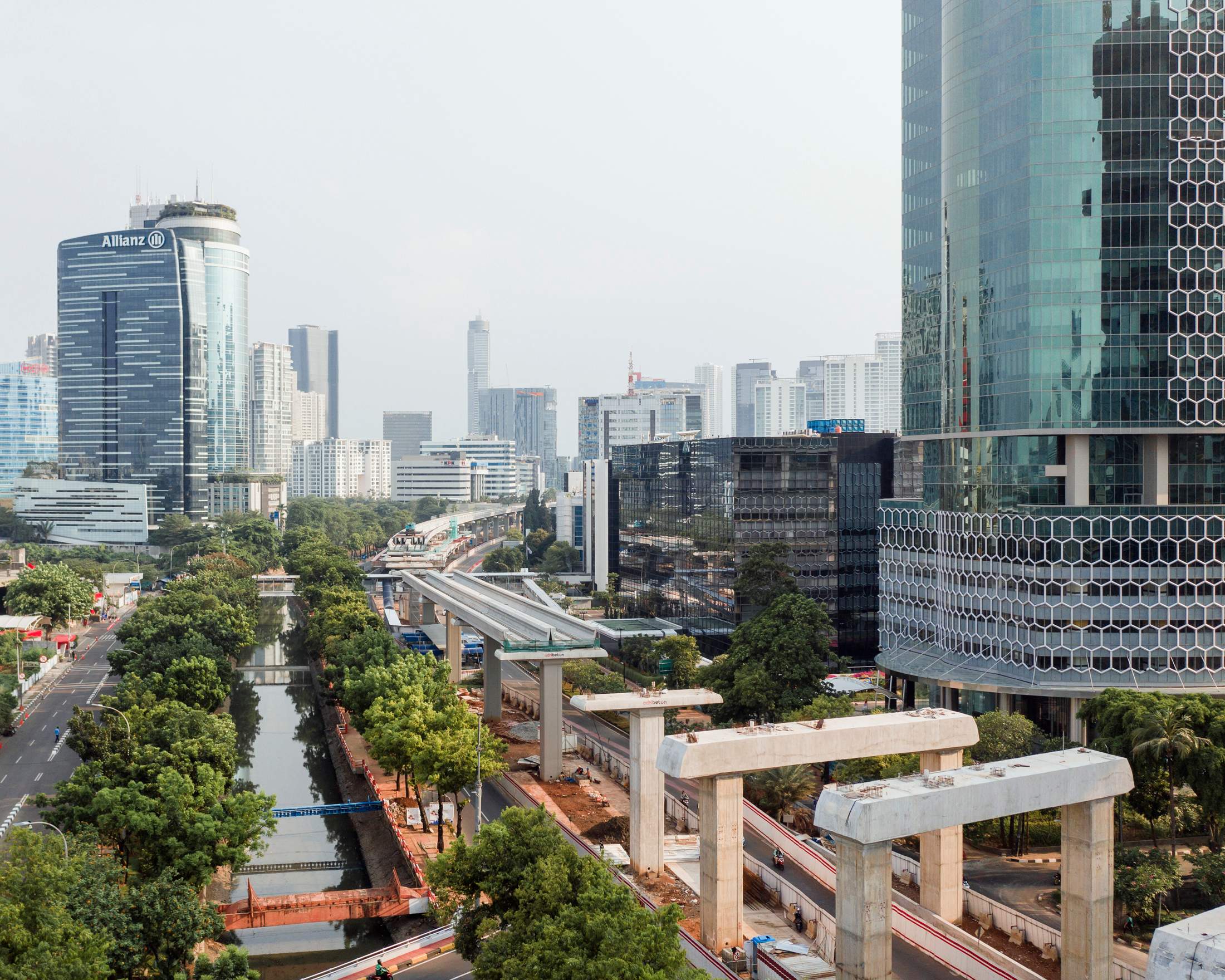
However, the ambassadors and ministerial staff may soon be looking for a new home. Indonesia has decided to move its national capital and Bappenas has been put in charge of planning the yet unnamed new seat of government. Relocating to the rainforest island of Borneo is arguably one of the most ambitious urban-planning endeavours of this kind ever undertaken – by any country – and 2020 will be a make-or-break year for the mega project.
President Joko “Jokowi” Widodo wants to spread economic opportunity away from the island of Java, where the majority of Indonesians live, and take some of the burden off of the former 17th-century Dutch trading hub. “The new capital could be another source of growth and we want Jakarta to heal a little bit,” says cabinet minister Bambang Brodjonegoro, who headed Bappenas from 2017 to 2019. Construction is slated to begin by the end of 2020 and the first Indonesian government workers should be moving there in 2024 (although the whole project will take decades).
“Our president wants to be different from other presidents: he wants to realise his vision,” says Bambang, who was in charge of picking the site of the new city. Jokowi called him to the presidential palace in 2017 and instructed him to find a suitable site in Kalimantan, the southern part of Borneo controlled by Indonesia. He had been working on the project for two years before the president went public with the move in August 2019. “It has to happen by the beginning of 2024 because the president’s term will end in October 2024.”
This ambitious – some might say unbelievable – timetable also reflects the sense of urgency around the notion of leaving. Menteng’s pavements, planned gardens and greenery embody everything that Jakarta is not. The Indonesian capital is a chaotic and sprawling city of some 30 million people crowded into kampungs (urban villages), with little public space or public transport. Streets often flood during the rainy season due to poorly maintained pumps and drainage canals that are clogged with rubbish. Jakarta is below sea level. Some districts are said to be sinking and the city sits on an earthquake zone.
Even on a good day the cluttered streets are filled with a cacophony of cars, bikes and food carts. For officials, getting around without a police escort can be arduous. Jakartans tell stories of taking 2.5 hours to travel 5km.
Jakarta’s problems are nothing new; nor is the plan to move the capital. Jakartans have heard it all before. Sukarno, Indonesia’s post-independence leader, floated the idea of shifting to Borneo in the 1960s. An alternative plan by one of his successors to move to nearby Jonggol was scuppered when rampant property speculation pushed up the cost of land. So scepticism is understandably rife, although Jokowi would have voters believe that this time will be different. For one thing the government already owns the land: 40,000 hectares of rainforest that has been earmarked to house some 1.5 million people.
Many countries have moved capitals before or are in the process of doing so (see panel, next spread); what sets Indonesia apart is the scale of its ambition. The likes of the US, Australia, South Korea and Malaysia selected sites that were in striking distance of the largest city. Conversely, Kalimantan is on an entirely different island – a two-hour flight away from Jakarta. Bambang draws comparisons with Brazil. The Latin American giant moved its capital from Rio de Janeiro to Brasília in the heart of the Amazon rainforest; the capital today has a population of about 4.5 million.
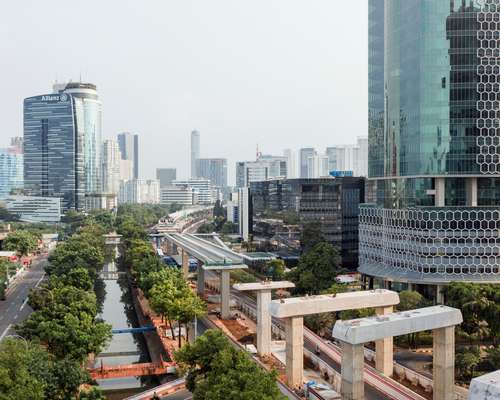

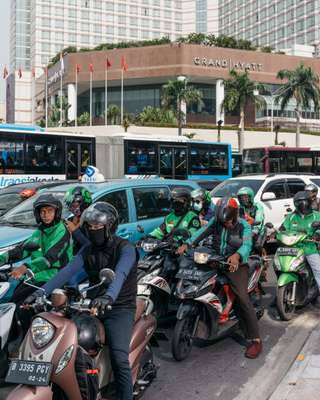
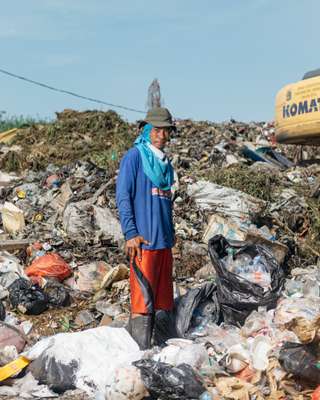
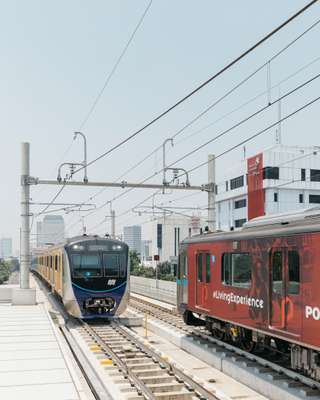
“Brazil did it in five years back in the 1950s,” says Bambang confidently. And it’s true that technology advancements should work in Indonesia’s favour – plus, the government isn’t starting from scratch because the selected coastal site is near two existing cities. Therefore contractors can make use of existing roads and an airport, as well as a sea port; that’s advantageous when shipping in city-sized building equipment.
The need to address imbalances is another similarity. While Brazil’s economic powerhouses are clustered on its east coast, Indonesia’s are concentrated on the western island of Java. Jokowi wants the government to jumpstart economic activity in the eastern archipelago and start narrowing the income disparity between Java and the other islands. According to Bambang, “The disparity between western Indonesia and eastern Indonesia has been stagnant for almost 40 years.”
Both countries also picked a symbolic location in the geographic centre of the country. This is especially important in Indonesia, a sprawling archipelago made up of more than 17,000 islands and multiple languages, cultures and religions. East Timor gained independence in 1999; recent riots in Papua have reignited the spectre of eastern separatism.
Nevertheless, the big question on many people’s lips, especially in the business community, is why now? A tight government budget, combined with a plan to partly fund the project with private money, would be severely tested by any major shocks to an already slowing global economy.
At the same time, residents of Jakarta are beginning to see some improvements in their city thanks to infrastructure investments, which began when Jokowi was governor and have sped up ever since. Upgraded flood defences, new toll roads, an Uber-like ride hailing service and the city’s first subway have all made life easier for Jakartans – and some are determined to stay. Regional association Asean has a brand new HQ and secretary-general Lim Jock Hoi has announced that the secretariat will remain in Jakarta, comparing it to the UN in New York. Jakarta, like New York, will continue to be Indonesia’s primary economic hub.
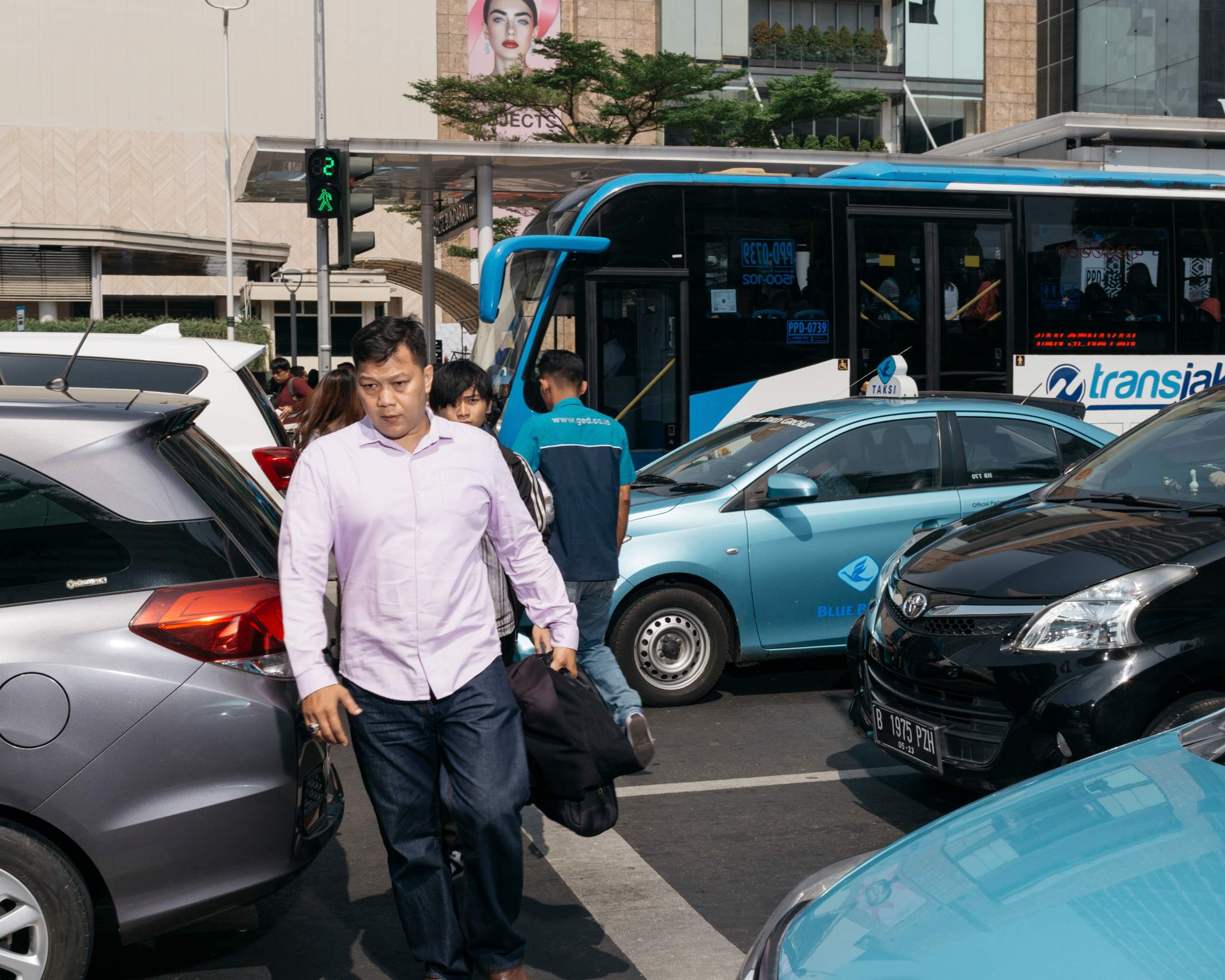
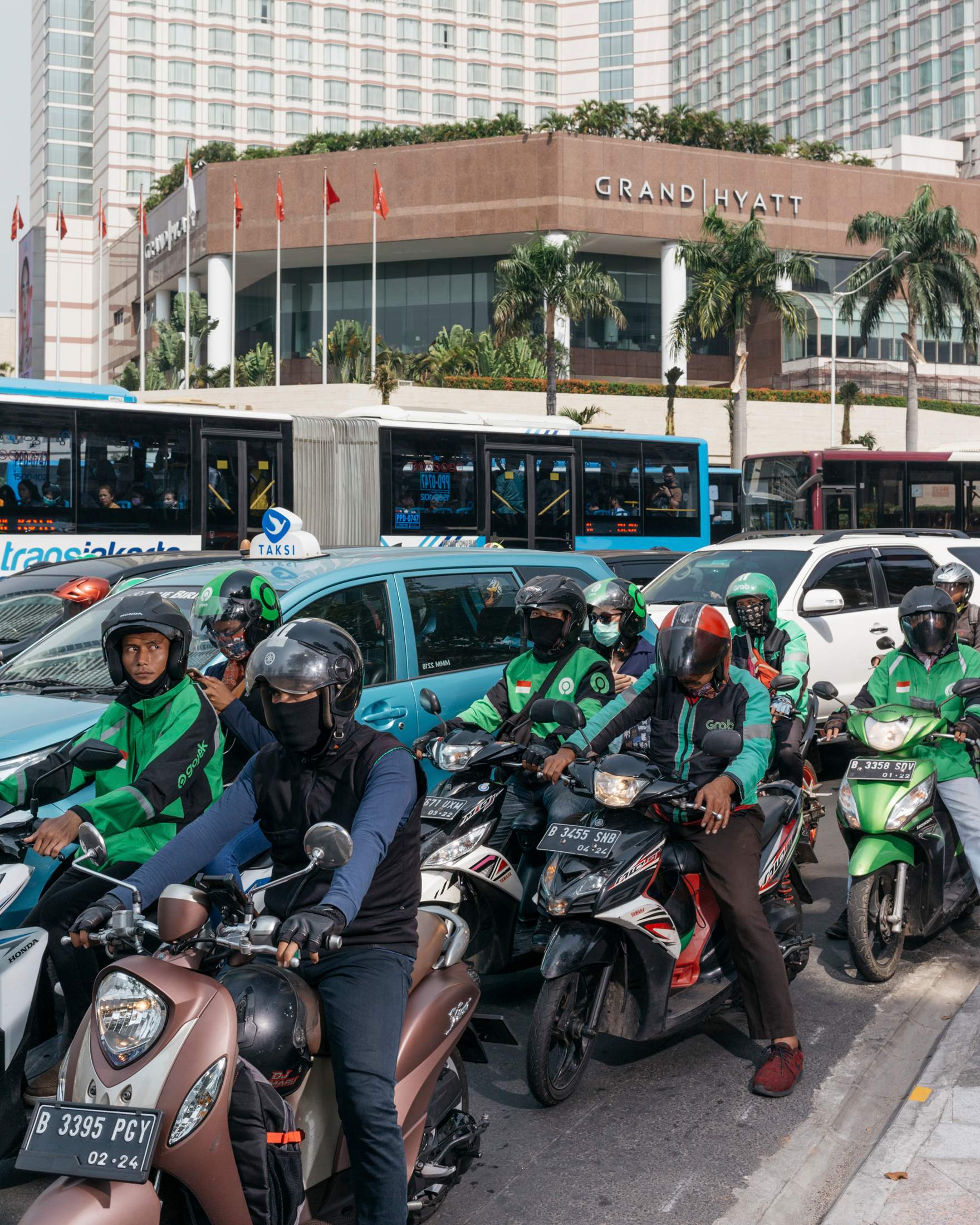
Unsurprisingly the word “legacy” quickly comes up in conversation. “He wants to have this as part of his legacy,” says Bambang, who can attest to Jokowi’s personal interest in the project. “The longest discussions I’ve ever had with the president during his first term were whenever we talked about the new capital.”
A €30bn price tag has been put on the relocation plan. While this figure is almost certain to rise, the political costs of securing Jokowi’s legacy could be even higher. “The project needs buy-in from parliament and the public, not just the president,” says Phillips Vermonte, director of the Centre for Strategic and International Studies, a Jakarta-based think-tank. That includes securing legislative support beyond Jokowi’s administration.
Jokowi’s success in winning re-election for a second and final term masks a complicated web of political horse-trading. His majority in parliament relies on a fractious coalition of parties and the country’s growing religious conservatism is forcing the liberal president into uncomfortable and uncharacteristic compromises. Controversial laws rushed through by the outgoing parliament caused student riots and several deaths. There is some suggestion that he let lawmakers pass a bill to rein in Indonesia’s powerful anti-corruption agency to win support for his capital project.
Likewise the public still need to be convinced. A nationwide poll conducted by Median after the decision was announced in August suggests that support for the project hangs in the balance. Approval numbers are likely to go up as more concrete plans emerge (scant details have been revealed so far). Government plans to invest in Jakarta would also assuage fears that the current capital will be unceremoniously abandoned and left to sink into the sea. “There is no really strong rejection of this plan,” says Daliana Suryawinata, co-founder of architecture firm Shau. “People get that we need to develop something and Jakarta will not lose from not being the capital.”
Indonesia has plenty of historical precedents to learn from; here are a few examples.
Canberra
The most boring city in Australia can still inspire
Canberra has long carried the mantle of being Australia’s dullest metropolis but there’s nothing dull about the city’s origins. Chicago architect Walter Burley Griffin, who is nowadays hailed for his visionary approach to the city’s plans, won an international competition and moved to Canberra in 1914, leaving behind a thriving practice in Chicago, a city that boasted revolutionary architects such as Frank Lloyd Wright.
Griffin’s plans were inspired by the site’s natural surroundings. “He really wanted to build a Washington DC, a city that people would find inspiring, and for it to be a great nation-building moment,” says Christopher Vernon, an associate professor at the University of Western Australia’s School of Design. But when he arrived he found that budgets were tight and suspicion of (non-British) foreigners was high. Facing stiff resistance, he quit the project in 1920 after being edged out of his leadership role; a new committee opted for suburban sprawl rather than the high-density city Griffin had planned.
Canberra became a budget version of Griffin’s grand vision and what started out as a compromise capital, midway between Sydney and Melbourne, is only now starting to find its own identity. Griffin’s original design did inspire other cities – including New Delhi and Rio de Janeiro – so perhaps Indonesia’s capital can draw some inspiration too.
Islamabad
Capitals can move – and so can their political problems
Islamabad’s planned grid of wide streets is a car driver’s dream when compared to the commuting chaos of Karachi but the new capital is by no means insulated from the country’s political jams: the airport is a regular target for domestic terrorist groups and hotels are mini-fortresses. Indonesia faces its own security challenges: religious conservatism is on the rise and terror attacks often threaten Jakarta. A new capital will need security to be built into the foundations; this will require architects and urban-planners to be particularly smart. Residents want a liveable city, not a police state.
Nur-Sultan (Astana), Kazakhstan
Beware too much symbolism
Moving the capital from Almaty to Astana was billed as a nation-building exercise by the country’s first post-Soviet president, Nursultan Nazarbayev. However, after two decades of authoritarian rule and dozens of architectural monstrosities, it has become a living monument to the man himself. The “leader of the nation” stepped down in March 2019 and Astana was promptly renamed Nur-Sultan in tribute.
Indonesia’s brief for its masterplanning competition calls for a sustainable and adaptable forest city, so it would do well to stick to the script. Fortunately it doesn’t have Kazakhstan’s oil money to squander.
However, environmental concerns about building a new city amid ancient rainforest will take a lot more assuaging. According to Bambang, the land is already being used for commercial gain and many of the adjacent forests have already been stripped by illegal loggers. But political promises to build a sustainable and adaptable forest city that fits in with the natural environment inspire little confidence in a country dogged by corruption and a poor environmental record.
The upcoming year will be decisive; even if, as most suspect, building contractors do not manage to break ground by the end of 2020. The next major milestone will be coming up with a palpable masterplan. “Year one is the most successful year of a 30-year masterplan – can you get people to buy into it and feel like it’s theirs?“ says Sylvestor Wong, head of Asia Cities at architecture firm Aecom. “Unlike architecture, masterplanning is very ego-less. You have to be willing to let everyone feel that it’s theirs.”
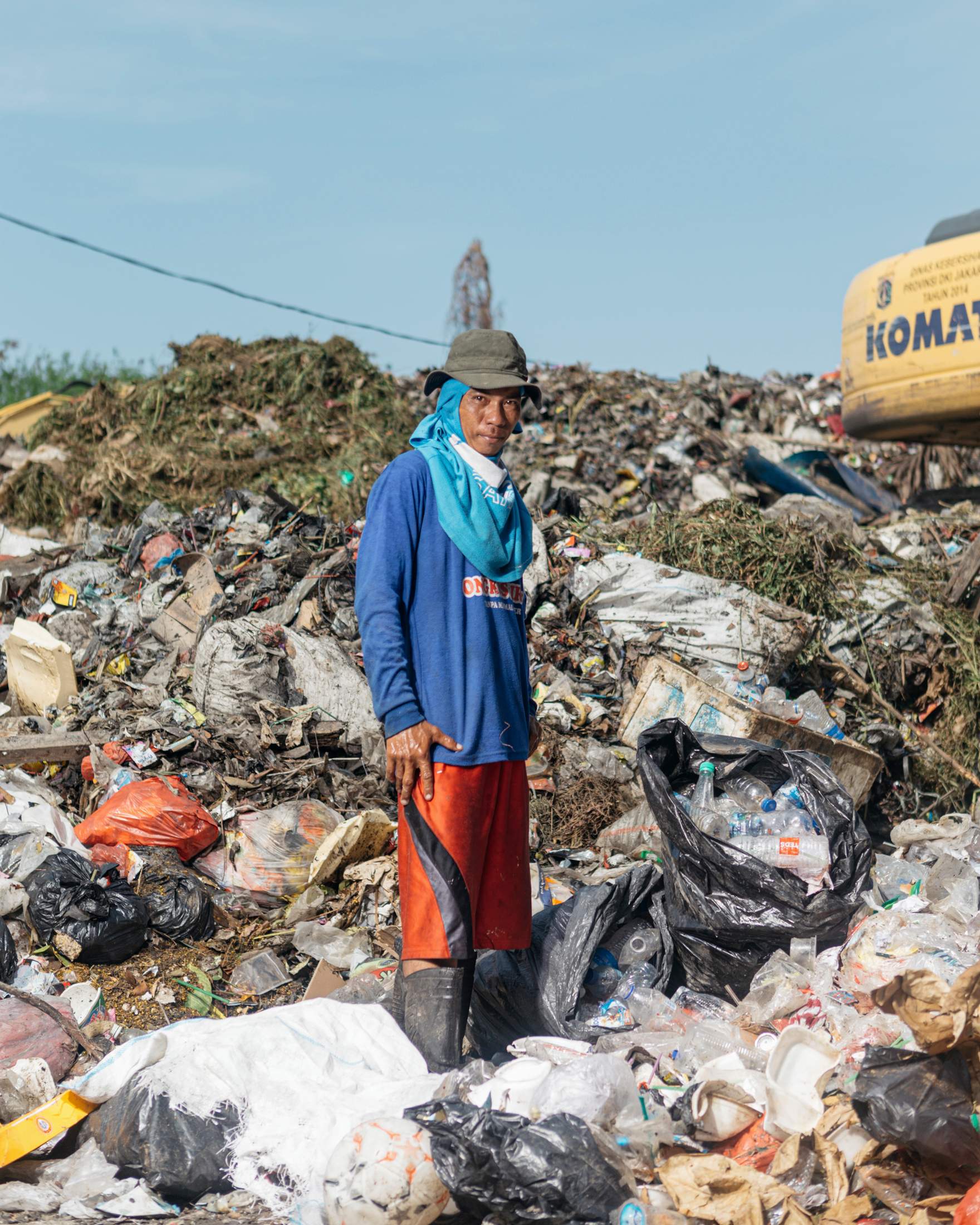
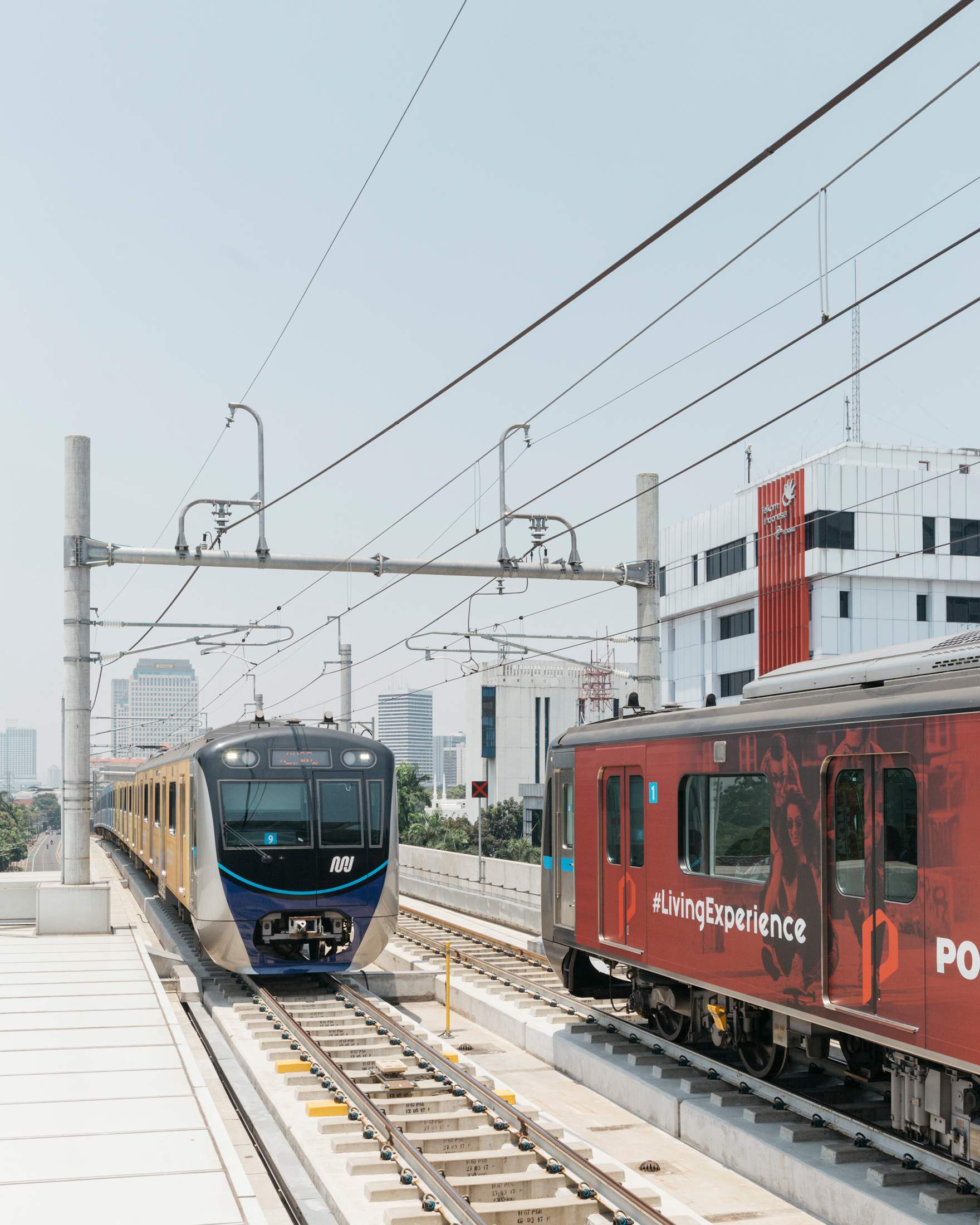
Wong is working on New Clark City, which is being built by the Philippine government north of Metro Manila. He recommends that the Indonesian government plans for 100 years and then breaks it into five-year segments, so that there are bite-sized chunks for private investors to get involved in. “A good masterplan is a nimble framework that allows the unpredictable to happen,” he says.
While Jokowi has been criticised for a lack of public engagement over the new capital, he appears to be listening. An early government masterplan was scrapped in favour of a competition open to both domestic and international entrants; the in-house design, when viewed from above, was meant to resemble the mythical Garuda bird that appears on Indonesia’s state emblem, resplendent with a feather, wreaths and a Washington-style obelisk at its centre.
A promising judging panel has been appointed and the winner will receive a relatively sizeable design fee. Such a set-up is a rarity in Indonesia and recognises the long life of the eventual design. Daliana Suryawinata will serve as one of the 13 jury members alongside Ridwan Kamil, who is the architect-turned-politician who transformed Bandung as mayor before becoming governor of West Java. “As a country it would be our first time planning a new city so it excites me as an urban designer – it gives me hope,” says Suryawinata.
Her excitement is shared by notable Indonesian architects and there is a consensus forming about the need for efficiency: saving space, saving resources and reducing commuting times. A small capital, both in terms of its population and architecture, needn’t be seen as a sign of failure – nor lack of ambition. In this way, Indonesia can break away from comparisons to Brazil’s capital. “Brasilía was designed during a time when the only way to show identity was through monumentality,” says Suryawinata. “Is that still the case? I hope not.”
Q&A
Milton Braga
Architect
Milton Braga, an award-winning architect and professor who’s the author of an influential book about the pilot plan for Brasília, says the Brazilian capital (inaugurated in 1960) began as an architectural highlight – but forgot to plan for urban sprawl.
How did Brazilian authorities decide who would design Brasília?
There was a competition to present a masterplan for Brasília. Oscar Niemeyer was contracted by Lucio Costa, a student of the famous modernist architect Le Corbusier, to fulfill his winning pilot, assessed by an international jury. It was an extremely intellectual period in our history and the architects were prepared.
Is it considered the true capital of Brazil?
Cities are not a physical product – they’re a process. You can build a bunch of houses with almost utopian levels of over-planning but it is what comes after the architecture that matters. Culturally Brasília has become a big urban centre, with a thriving popular-music scene and a first generation that strongly identifies with being from the capital. The social question for the most part has worked and it has achieved the main objective of moving the focus of our country away from the coast.
What is the biggest challenge for Brasília now?
Brasília suffers from the same problems as other major cities when they start to populate. The original plan was designed for roughly 500,000 residents – fast forward 60 years and more than 3.5 million people live in Brasília and its outskirts. The horizon stretches away endlessly so the suburbs have sprawled with no proper development plan in mind, which has led to issues with infrastructure and housing. On top of that you add the broader issues in Brazil: poverty and inequality.
What can other cities learn from Brasília?
There was a big technical debate at the time about how to develop the city: engineers said Brasília needed a proper network of satellite towns, roads and flight paths built around it if the project was ever going to be a success. Fifty years ago many of the northern states in Brazil simply didn’t exist, so planners failed to imagine how the pilot might expand. We thought it was just one big building project, not a transformative process. That is worth considering when building something that will last for centuries.
What’s it called? The tricky game of naming a new city
Delving into history, while tempting, can dig up old memories. The US chose to name its capital after the first president and one of its greatest statesmen when it built Washington in 1790. Indonesia is likely to land upon its own founding father: Sukarno. As president he proposed the idea of moving the capital to Kalimantan (albeit a different area). “Sukarno City” would also win political support from Sukarno’s daughter, Megawati, an ex-president who wields considerable power. However, the leader of Indonesian independence went on to rule with an autocratic iron fist. A new name would offer a cleaner slate.


